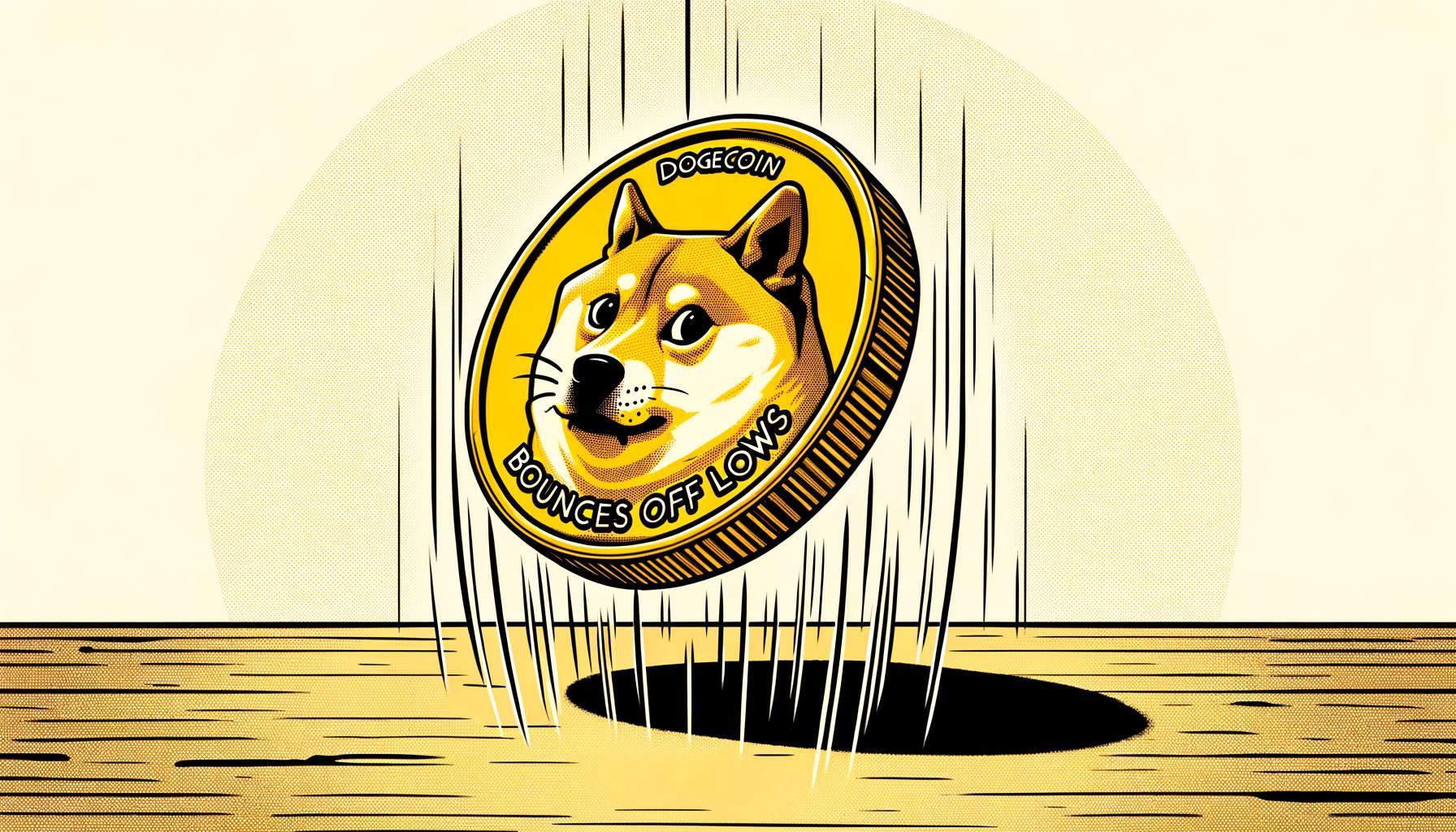Why You Should Always Sign Up for Subscriptions in a Browser, Not the App
In-app purchases are inescapable. An app might be free to download, but more likely than not, a pop-up will immediately inform you the best features are locked behind a monthly fee or an annual subscription. Before you go ahead...

In-app purchases are inescapable. An app might be free to download, but more likely than not, a pop-up will immediately inform you the best features are locked behind a monthly fee or an annual subscription. Before you go ahead and subscribe to (or make a digital purchase in) the app, though, it’s worth your time to try to pay in a browser instead. The extra effort might save you some money.
In-app purchases can be more expensive
When you buy something from within an app on your iPhone or Android device, the developer isn’t getting the full amount of that purchase. Both Google and Apple take a hefty percentage of that payment for their own, as part of the agreement they have with developers for hosting apps on their digital marketplaces in the first place.
Apple charges developers 30% for any digital goods and services they sell inside iOS apps (or 15% if the developer earns less than $1 million, and qualifies for the small business program). That means if an app charges $10 per month for a subscription, Apple is actually getting $3 of that fee. If you buy a game for $5, Apple nets $1.50. If a user sticks with a subscription for more than a year, however, Apple drops its fee to 15%.
Google has a similar setup on the Play Store, but is a little less stringent. It’s more of a progressive tax system, charging developers 15% on their first $1 million in earnings, then 30% on every subsequent dollar. That said, they only charge 15% for subscriptions, no matter how long the users subscribes for.
This business model applies to every digital purchase you make in an app you downloaded from Apple’s App Stores (including on your Mac) and Google’s Play Store, and it’s pretty steep, especially when the developer qualifies for the 30% “app tax.” Developers miss out on nearly a third of all revenue generated through these means, which leads some to look for other ways to save that money.
(Note: None of this applies to physical goods you buy inside apps, however. If you make an Amazon purchase, for example, or order takeout through DoorDash, developers aren’t charged extra, and you shouldn’t expect them to pass any extra costs along to you—at least not from Apple or Google.)
Some companies charge less if you avoid paying in the app
Some companies—like Netflix and Spotify—get around this issue by limiting subscriptions from within their apps. Netflix won’t let you subscribe in the app on iOS and Android, while Spotify doesn’t allow iOS users to subscribe to Premium in-app. (Google recently made special arrangements for Spotify, so Android users can now subscribe in-app.) Both companies would rather their customers take the long way around to subscribe to their platforms and do so via a computer or web browser, even if it means they lose some potential paying customers in the process.
And then there are those companies that charge less for their subscriptions and features when purchased in a browser rather than in an app—though they usually won’t advertise this fact. YouTube Premium, for example, charges $15.99 per month in the app, but $11.99 per month on desktop. TikTok coins are up to 31% cheaper when you buy in a browser. Twitter Blue is $11 per month on iOS (alternatively, $114.99 for the year), but only $8 per month online. (But either way, everyone will know you paid for Twitter.) More often than not, the savings kick in for a subscription, rather than a one-time purchase, but deals on those exist too.
Subscribing on desktop can net you discounts in other ways. While Headspace offers the same pricing plan whether you subscribe in-app on on desktop, they have a Rakuten deal right now offering 7% cash back on new subscriptions. You won’t be able to take advantage of that deal if you pay for your monthly or annual plan in the app itself, so subscribing through your desktop browser unexpectedly pays off.
It’s not easy to tell which apps charge more for subscribing in-app. That’s why it’s worth checking yourself before you commit to a subscription on your phone. Worst case scenario, the prices are the same, and you can subscribe however you like. Best case scenario: You save a bit of cash, and give all of your money to the app developer, rather than the tech giant in the middle.

 KickT
KickT 





























